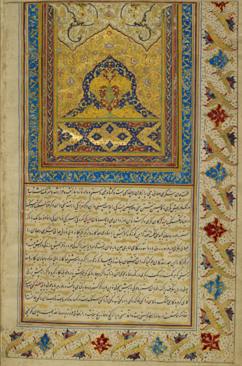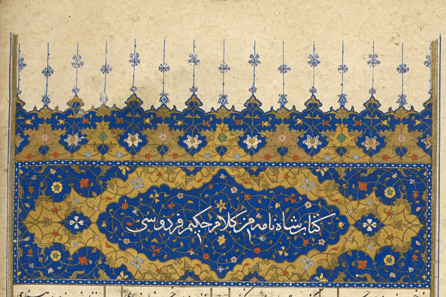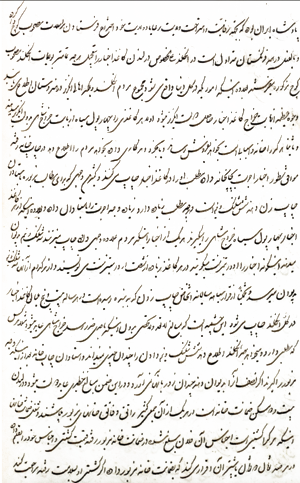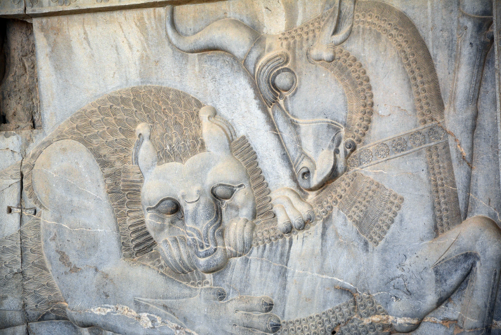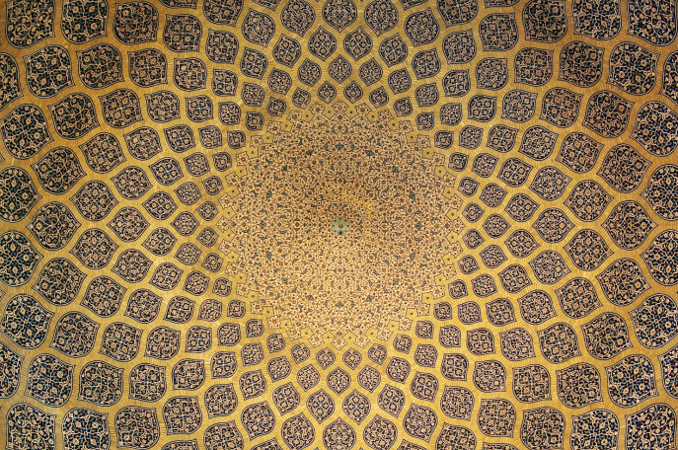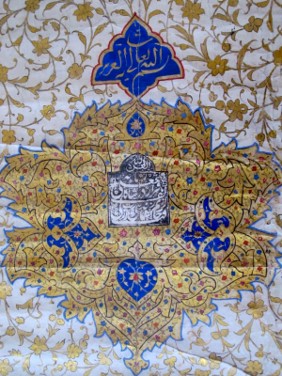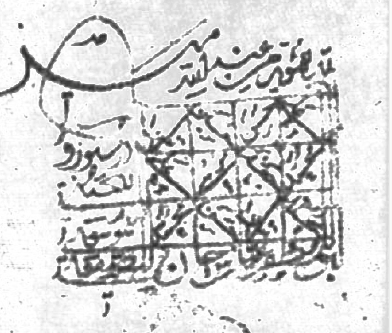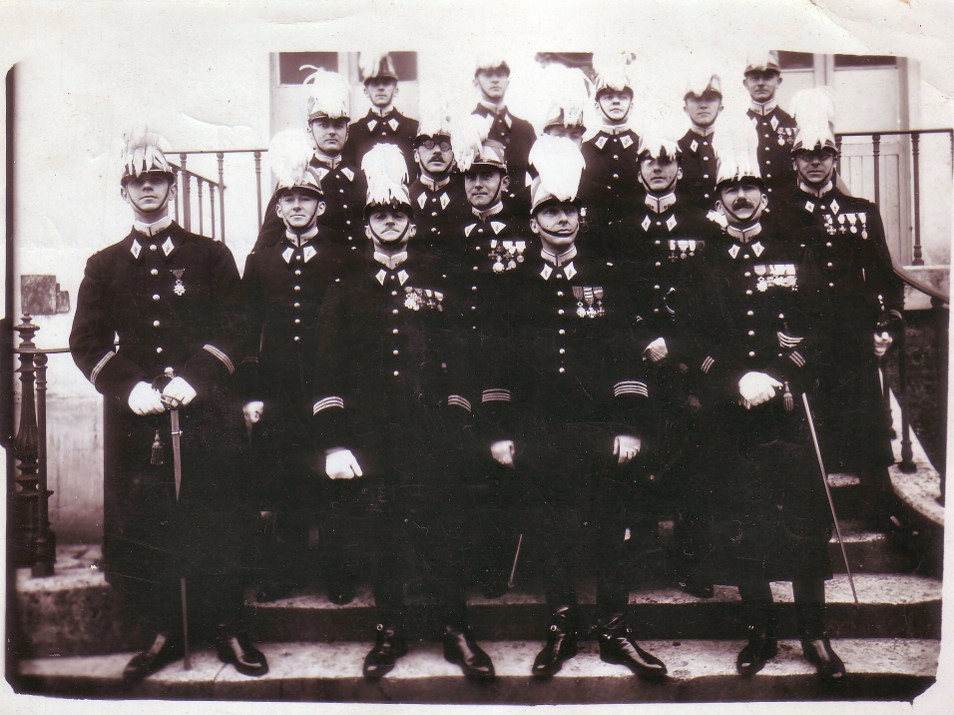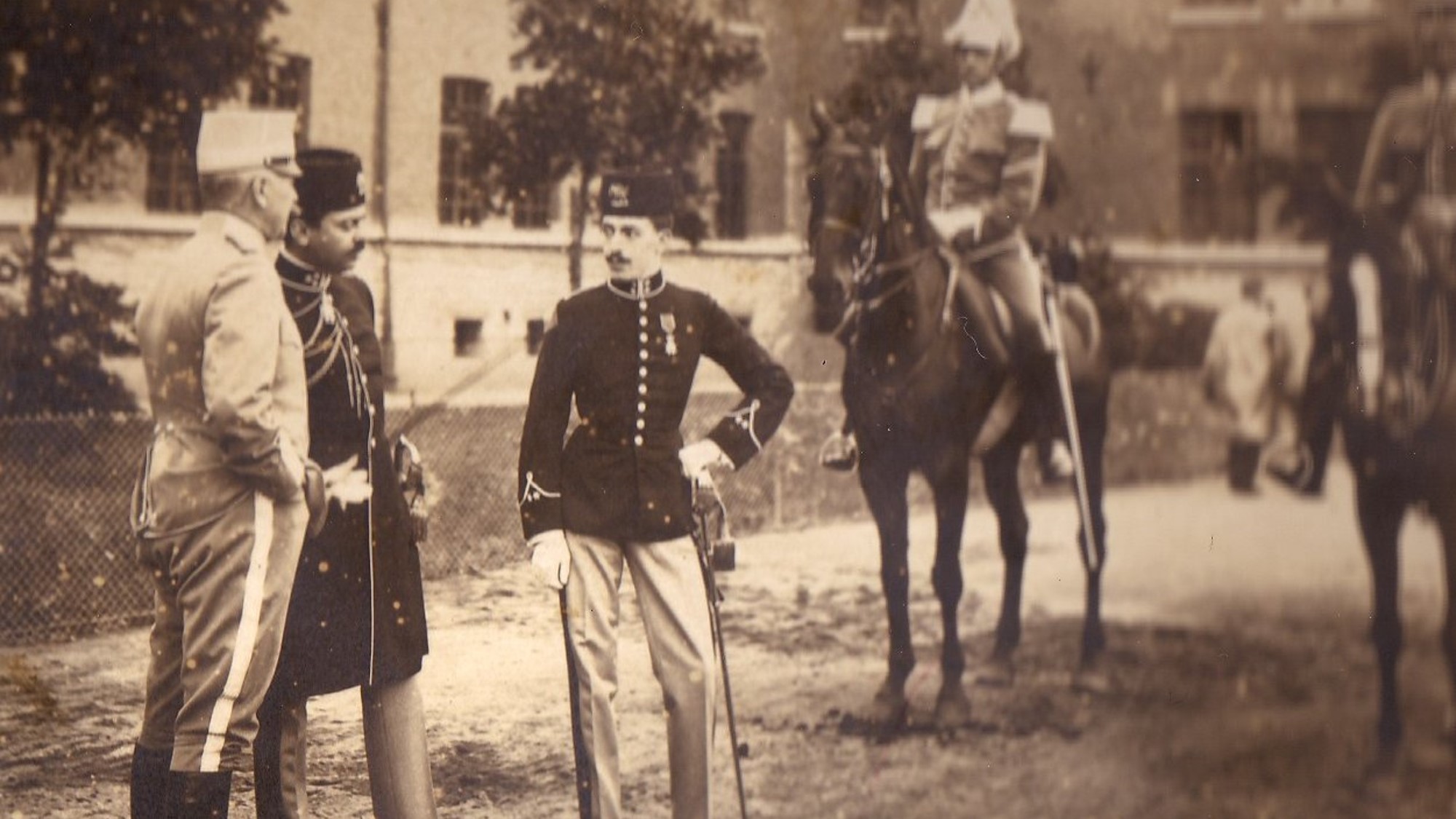Does becoming European begin by denying national or even religious traditions, and copying the European in the smallest details of his private and social life, or is it not rather assimilating certain qualities of his mind which do the real strength? The Persian, as anyone who knows him closely enough could attest, has a very keen intelligence, capable of grasping everything; but it is marked with an imprint of mysticism and sensitivity that the teaching of the mullahs, the influences of the poets and the historical vicissitudes have imprinted on it.
Dr. Ali Akbar Siassi, “La perse Au contact de l’Occident”
To achieve the desired goal of westernizing Persia, the only effective means is the re-education of an entire people. All education presupposing educators, Persia would need them, first of all. who are trained themselves according to Western methods.
If it is true that of the hundred students sent each year by the Ministry of Public Instruction to Europe, a third have to devote themselves, in accordance with the law, to pedagogical studies, it is nonetheless certain that first, that this number is insufficient, and then that these young people,
on their return, will teach the sciences and the arts which they will have learned, but will be unable to communicate to their compatriots a spirit which they will not have been able to acquire themselves. Here is, in our view, how it should be done. Government scholarship holders, at least those to whom the education of the people will later be entrusted, must be chosen very young, 14 years of age maximum.
Dr. Ali Akbar Siassi, “La Perse au contact de l’Occident”
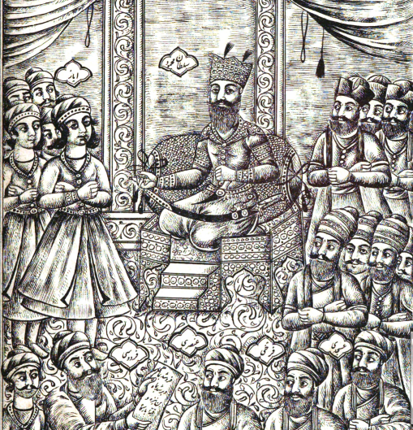
“Dr. it’s time for you to get married, do you hear? While your blade is still sharp, get married.” At that time, I was 34 and Dr. Seyed Vali-Allah Nasr – who had been my teacher at Siassi School and for whom I had great respect and presently was Director General of the Ministry of Education, was 60 but still single.
You have a lot of advantages like studying abroad, teaching at Daral-Funoon, working at the French Embassy and earning a good salary. You are the founder of Iran Javan, with all these qualifications, respectable families who have eligible daughters, would jump at the chance of marrying their daughters to such an eligible bachelor.
Two days before that, Mr. Vaziri (Alinaghi Khan aka Colonel Vaziri) that I had got to know through “Samsam El-Molk”, told me in his Musical Club:“I heard you want to get married, if you want a respectable and noble family look no further. From your friend Samsam’s family you will not find any better. He will willingly give you one of his daughters.” Until that time, I was not aware that Samsam had an eligible daughter. A few days after this conversation, Samsam came to my house (Shahpur street Namoos Alley) for matters related to “Iran Javan Association” and in the course of conversation said: “The Colonel has spoken with me; of course I would like our friendship to be cemented with your marrying one of my daughters,. But I want to ask you if you are really single and have no other wife?” I was not expecting such a question, but Samsam immediately upon hearing my answer got up and squeezed my hand. the handshake that decided my fate for I became Samsam’s son-in-law!
First Steps into politics
I had just returned from my second European trip 1310 (1931) when I was invited by Ali Asghar Hekmat, the Deputy Minister of Education, to see him, I went to see him with the hope that I would be able to speak to him about my idea of free compulsory public education.
He welcomed me warmly and said: “Mr. Ala, the Iran’s Deputy Ambassador in Paris, who was in attendance during the defense of your dissertation, has written a report about it to the Imperial Court and the Department of State and has also sent a copy to the Ministry of Education. I wanted to congratulate you for this great achievement.
Also, I wanted to bring to your attention that for the celebration of this event, I requested from the King permission to build a University in Tehran. The Shah liked the idea and gave his approval.” I said: “Now I congratulate you, but don’t you think that more important than building a University, the priority is providing the nation with free mandatory education for the children?”
HEKMAT (Ḥekmat), ʿALI-AṢḠAR, man of letters, university professor, cabinet minister, and the chief architect of the modernization of the educational system under Reza Shah, best remembered as a progressive and efficient minister of education (b. Shiraz 23 Ramażān 1310/10 April 1893; d. Tehran 1 Šahrivar 1359 Š./23 August 1980). Son of Aḥmad-ʿAli Ḥešmat-al-Mamālek, he was born into a family of physicians and scholars of Shiraz. He began his education in Shiraz, where he studied traditional subjects, including Persian and Arabic at the Madrasa Manṣuriya, a main religious school in the city founded by Hekmat’s maternal great-grandfather, Ḡiāṯ-al-Din Manṣur Daštaki Širāzi (q.v.). In 1915, at the age of 22, he enrolled in the American College of Tehran (later renamed Alborz, q.v.), from which he graduated in 1918. During this period, he also studied Islamic law (feqh) with Mirzā Ṭāher Tonokāboni (Eqbāl Yaḡmāʾi, p. 413; Ḥasan-ʿAli Hekmat,
Source Iranicaonline
President of the Department of Higher Education
In a short time, I prepared the Bill of Law for “Teacher Training” and Hekmat took it to the National Assembly, and it was approved. This law without much fanfare created a great revolution in Iranian education. Becoming a teacher now had some conditions and the salaries, benefits and promotions of teachers were determined by Law. Also, new Farsi nomenclature were officially recognized.
Among them Dabestan “دبستان” for Elementary School, Dabirestan “دبیرستان” for High School, Amoozegar for the Elementary School teacher and Dabir for the High School teacher. Within this law, establishing of Teacher Training Colleges has foreseen to train Elementary School teachers.
The burning desire I had in my heart, as I had written in my book “La Perse Au contact de l’Occident” and telling the press and media countless times, was that the opportunity for free mandatory elementary education become readily available and the most important action to attain that purpose, was establishing these Teacher Training Colleges.
Hekmat entrusted also the design of the mausoleum to Godard in around mid-1935. In this project, Godard, in constructing a character for a mausoleum representing an Islamic poet of a divine character, referred mostly to Islamic elements such as a dome decorated with geometrical tile-work and the muqarnas decoration of column capitals (fig. 6). More important than that is the spiritual atmosphere of the place, which for Godard seems to have been a significant factor in the design of the mausoleum. Godard’s conception of the mausoleum was not only in line with Beaux-Arts principles but had a lot in common with Iranian gardens as “representative of paradise on earth.” The entrance to the mausoleum would lead the spectator to a garden of Iranian character with two linear pools surrounded by a profusion of trees and flowers. Passing through the garden, one would face a linear ivan (porch) composed of twenty decorated columns. The next space is the courtyard, decorated with small gardens, at the centre of which the building of mausoleum and the tomb is located.

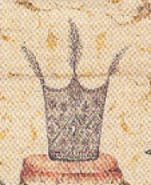
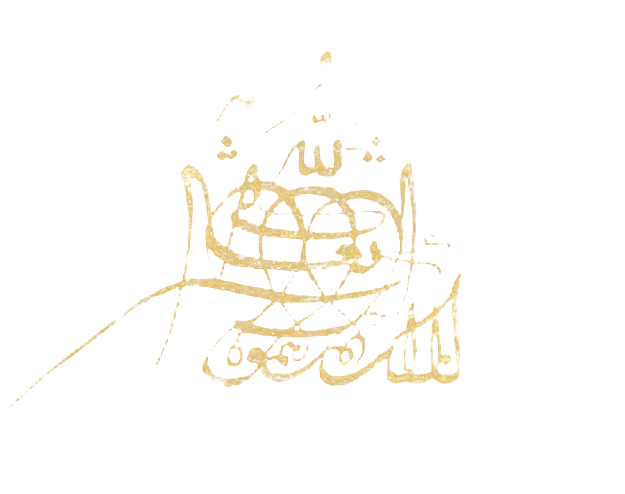
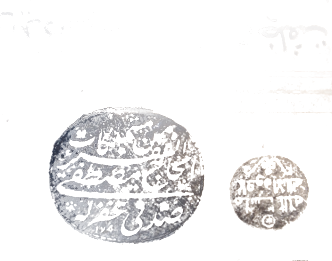
Ali Asghar Hekmat, first the Deputy Minister and a short while later the Minister of Education, as the famous proverb says, “No man is perfect,” had his own shortcomings. But the truth of the matter is that this man in all his time as the Deputy then Minister of Education worked tirelessly and passionately and contributed greatly to Iran’s education. Establishing Tehran University, several Colleges, building hundreds of Elementary and High Schools in Tehran and provinces, repairing, and building important historical monuments throughout the country, as well as establishing Iran’s Museum of Ancient Arts along with many other accomplishments can be attributed to him. Therefore, his name should be forever remembered and treasured in the history of Iran’s education.
The Academy of Persian Language. The establishment of the Academy of Persian Language (Farhangestān-e zabān-e Irān, q.v.) in October 1936, which aimed at developing Persian equivalents for modern ideas and concepts, was a plan championed by Moḥammad-ʿAli Foruḡi, the scholarly prime minister. The purpose was to temper the excesses of some nationalists and military zealots who were bent on ‘purifying’ Persian by erasing all Arabic words from it; Hekmat actively assisted Foruḡi in launching the Academy (Siāsi, pp. 96-97).
Reża Shah’s interest in the purification movement was strengthened after his visit to Turkey in 1934, where a similar movement was afoot under the leadership of Kemal Atatürk. The shah ordered the Ministry of War to form a committee for adopting Persian equivalents for military terms. As a result, a number of neologisms were hurriedly introduced into the language. The minister of education, ʿAlī-Aṣḡar Ḥekmat, alarmed at the turn of events, sought the help of Moḥammad-ʿAlī Forūḡī (q.v.), who was prime minister at the time. Aware of the shah’s support for language reform, Forūḡī suggested the appointment of a group of scholars to study the problem.
The inaugural meeting of the first Farhangestān (The Academy of Persian language) was held in 1314 /1935, with Forūḡī in the chair. Among the twenty-four members present were Ḥasan Esfandīārī (Moḥtašam-al-Salṭana), Moḥammad-Taqī Bahār (Malek-al-Šoʿarāʾ), ʿAlī-Akbar Dehḵodā, Badīʿ-al-Zamān Forūzānfar, Saʿīd Nafīsī, ʿAlī-Aṣḡar Ḥekmat, ʿAbd-al-ʿAẓīm Qarīb, Maḥmūd Ḥesābī, Ḡolām-Reżā Rašīd Yāsemī, ʿĪsā Ṣadīq, Ṣādeq Reżāzāda Šafaq, Ḥosayn Samīʿī (Adīb-al-Salṭana), Ḥasan Woṯūq, Ḥosayn Golegolāb, Major–General Aḥmad Naḵjavān, and Brigadier–General Ḡolām-Ḥosayn Moqtader. By 1321 Š./1942, seventeen new permanent members were elected, including Qāsem Ḡanī, Ebrāhīm Pūr-e Dāwūd, ʿAlī-Akbar Sīāsī, ʿAbbās Eqbāl Āštīānī, Moḥammad Hejāzī (Moṭīʿ-al-Dawla), and Moḥammad Qazvīnī. Associate members elected in the same period included Sayyed Moḥammad-ʿAlī Jamālzāda, Arthur Emanuel Christensen (Denmark), Henri Massé (France), Jan Rypka (Czechoslovakia), and Moḥammad Ḥosayn Haykal (Egypt; Raʿdī Āḏaraḵšī, in Dehḵodā, I, pp. 102-3; Ṣadīq 1959-77, II, pp. 242-49). Source Iranicaonline
The Ministers of Education after Hekmat until the overthrow of Reza Shah
The Ministers of Education
after Hekmat until
the overthrow of Reza Shah
Other than founding the first University in Iran, the University of Tehran, Reza Shah sent a hundred collegians to complete their studies in different majors of science and technology to Europe and sent another hundred collegians to Europe to gain specialization in different fields of military.







